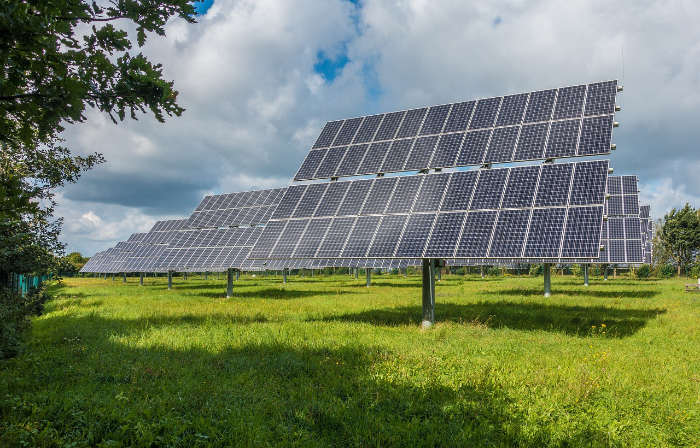South Atlantic Peace and Cooperation Zone 2025

Yes
South Atlantic Peace And Cooperation Zone Member
Country | South Atlantic Peace And Cooperation Zone Member↓ | |
|---|---|---|
| Nigeria | Yes | |
| Brazil | Yes | |
| DR Congo | Yes | |
| South Africa | Yes | |
| Argentina | Yes | |
| Angola | Yes | |
| Ghana | Yes | |
| Ivory Coast | Yes | |
| Cameroon | Yes | |
| Senegal | Yes | |
| Guinea | Yes | |
| Benin | Yes | |
| Togo | Yes | |
| Sierra Leone | Yes | |
| Liberia | Yes | |
| Uruguay | Yes | |
| Namibia | Yes | |
| Gambia | Yes | |
| Gabon | Yes | |
| Equatorial Guinea | Yes | |
| Cape Verde | Yes | |
| Sao Tome and Principe | Yes |
- South Atlantic Peace and Cooperation Zone (abbreviated ZPCAS or ZOPACAS) is also called the Zone of Peace and Cooperation of the South Atlantic
- As of 2023, all ZOPACAS member countries are located in Africa except for three: Argentina, Brazil, and Uruguay, which are located in South America
- ZOPACAS was founded in 1986
The South Atlantic Peace and Cooperation Zone, herein “the zone”, is an initiative that was created to promote the co-cooperation of member countries throughout the South Atlantic region. This is a unique approach, as it is both an organization and an agreement. The zone was created as a “nuclear-free zone” to combat the growing presence of the arms race in recent history. With many countries having access to or directly owning, nuclear weapons, many regions are disadvantaged at the negotiating table if they do not have these weapons.
This also presents a more important issue, where countries must aim to have the latest technology in warfare, but the very presence of more nuclear weapons puts the entire world at risk. While the zone does have member countries, nuclear weapons could be launched from anywhere.
How Did the South Atlantic Peace and Cooperation Zone Start?
The zone is often abbreviated in both Spanish and Portuguese, which was necessary due to the very geographical nature of this agreement. It was created in 1986 through the U.N resolution through Brazil’s initiative, which serves to protect peace in the South Atlantic region. A declaration of de-weaponizing nuclear weapons and de-escalating tensions was adopted at a meeting of the member states of the zone in 1994. The United Nations, dedicated to promoting everlasting peace throughout the world, endorsed and supported the initiative, which had notable opposition from the United States, the United Kingdom, and France.
What Is The Main Goal of the South Atlantic Peace and Cooperation Zone?
The South Atlantic region is currently a nuclear-weapon-free zone. This is much to the chagrin of global nation leaders, which want to utilize the area as a staging ground for the storage of nuclear weapons. This presents an inherent conflict of interests that has two important points of view: those who are for de-nuclearization and those who are against it. The United States is the most prominent vocalist in this debate, as it is very closely related to the gun laws within the United States.
Some argue that if everyone had nuclear weapons, making the South Atlantic a nuclear-free zone does not necessarily protect it, but rather makes it more vulnerable to other nefarious actors. It could also influence the decisions of “bully” countries who threaten nuclear war near the South Atlantic.
Proponents of the zone argue that not having access to these weapons in the first place reduces the risk of nuclear war. Of course, few are looking forward to the complete and total annihilation of global civilization through nuclear warfare and hope that the zone inspires the world to completely de-militarize its nuclear weapons.
Regardless of the viewpoint, member states are signatories which uphold the prohibition of nuclear weapons. The zone is closely related to the African Nuclear Weapons Free Zone Treaty and the Treaty for the Prohibition of Nuclear Weapons in Latin America and the Caribbean.



















